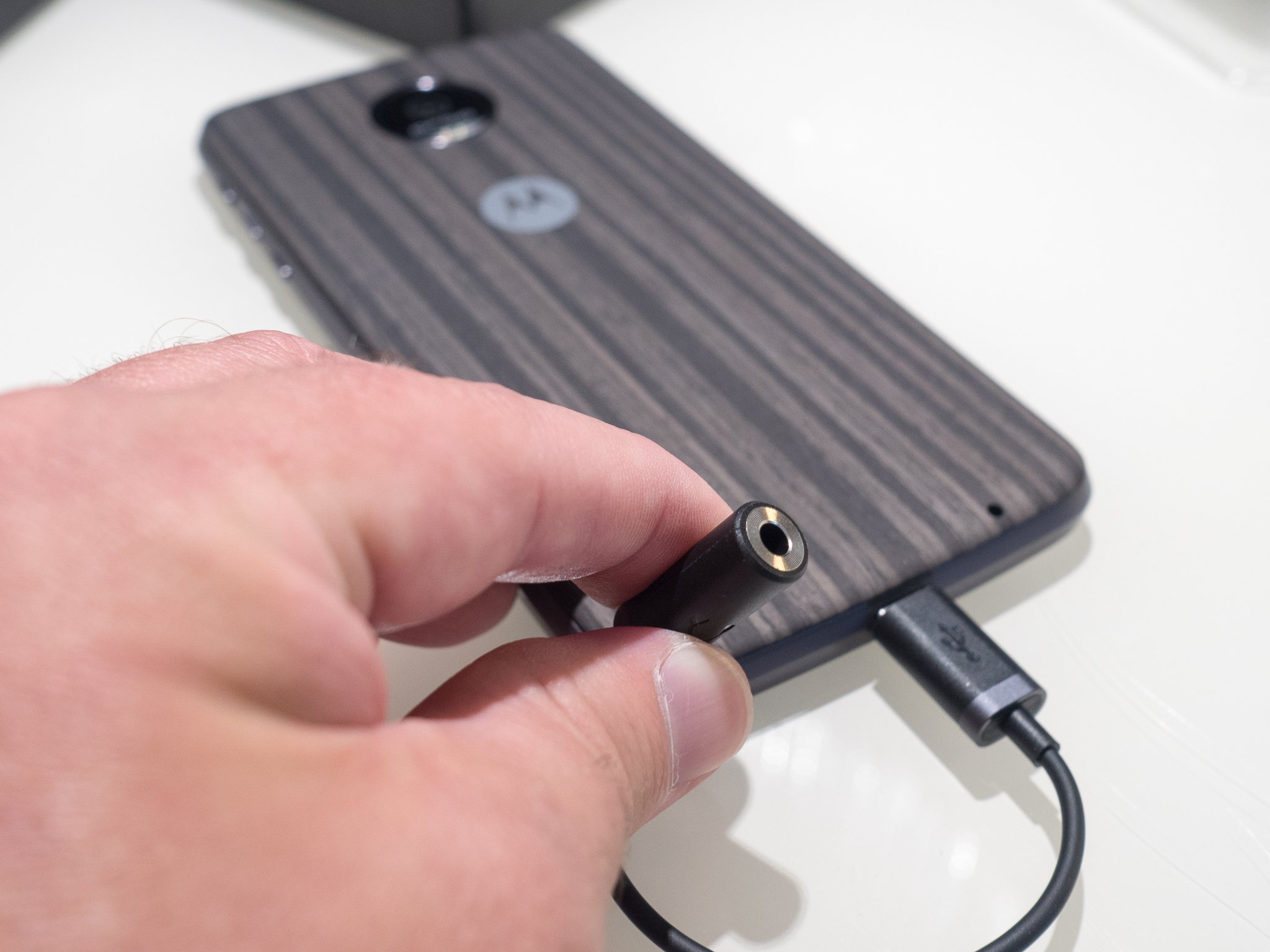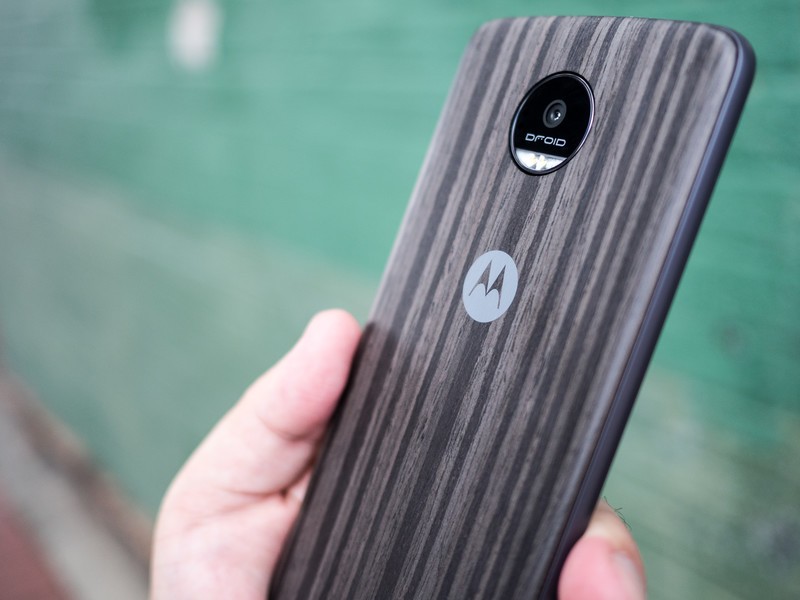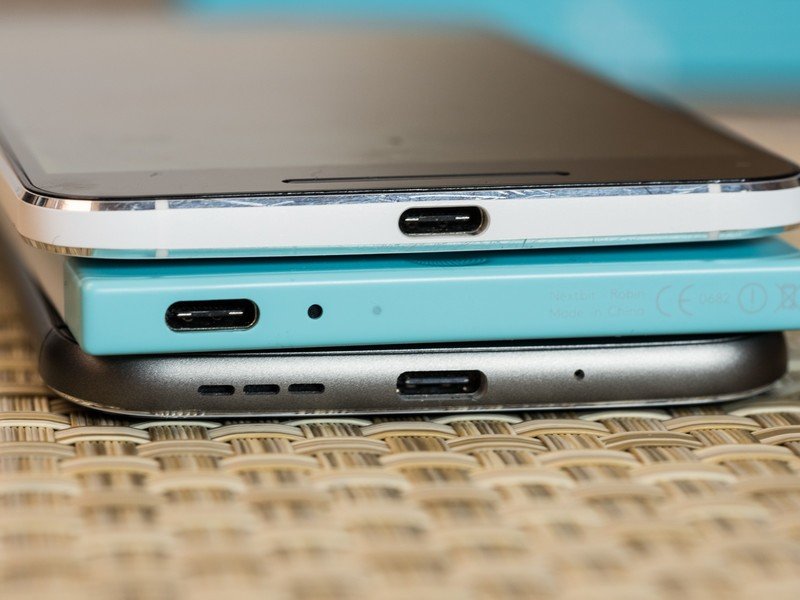Is there a single USB-C headphone adapter that works with all phones?

Part of what we do here is to look at all sorts of accessories you might want to use with your phone. Cases, screen protectors, headphones, you name it and we try to look and recommend a product so you know if you're getting your money's worth. Since the 3.5mm headphone jack is fading away (yes, Samsung will do it too, once it's more affordable) that also means we need to look at USB Type C headphones and adapters.
What a mess.
First, the answer to the question in the title: No, there isn't a single USB-C headphone adapter that will work with every phone. There's a simple reason why, but it's just silly that this has to be a thing in the first place.
Passive vs. Active

Cables designed to work with the USB standard can be active or passive. Active cables use copper wires and have a semiconductor of some sort to boost or amplify the signal strength. If you have an outrageously long USB cable for anything, it's probably an active cable. Low-voltage data signals aren't designed to cover eight or ten feet (or more) inside a cable, so they need a bit of a boost.
There are two ways audio can be sent out via the USB port. The onboard DAC and amplifier can convert the digital signal to analog (regular headphones only work with an analog signal) and send it out through the USB-C port. The adapter then passively transmits the analog signal from the USB port to the 3.5 mm port on the other end of the cable. This works exactly like your last phone with a 3.5 jack did, except there is now a dongle in the mix.
More: USB-C audio: Everything you need to know
Digital audio signals can also be sent out through the USB-C port. These signals bypass any DAC or amp that's inside your phone and are a raw digital signal that something needs to convert before it can play through a set of speakers. That means they depend on a DAC and amplifier inline somewhere. That group of components can (and does) live inside an active USB-C to 3.5mm dongle in some most Android phones without a headphone jack.
Get the latest news from Android Central, your trusted companion in the world of Android
All devices that can transmit audio and have a USB-C port that sends a signal out must be able to supply the digital signal for an active cable. Unfortunately, the changes that make a passive cable work are optional, and we all know what happens when something is optional — companies don't like to do it.
Meet Audio Adapter Accessory Mode
Audio Adapter Accessory Mode is the name of the protocol that allows a USB-C port to send analog audio through its connector and into something that's plugged in — like a 3.5mm adapter. A set of headphones with a USB-C connector will always support Accessory mode, so they can play music that was converted by the phone's hardware or convert it themselves with circuitry inside them.
Audio Adapter Accessory Mode isn't complicated. Four connections inside the USB port turn off any digital output and replace it with the four analog connections needed (Left audio, Right audio, Microphone, and Ground). Compliance means that every device that supports Audio Adapter Accessory Mode uses the same four connections in the USB-C plug so it just works if supported by both pieces.
Optionally, (there's that word again: "optional") a second set of connectors can be used to allow for charging at up to 500 milliamps.
- If your phone supports Audio Adapter Accessory Mode a cheap $3 USB-C to 3.5mm adapter works perfectly.
- If your phone supports Audio Adapter Accessory Mode and has the optional connectors for charging, a cheap adapter that splits into both a headphone jack and a USB charging port will work perfectly.
- If your phone doesn't support Audio Adapter Accessory Mode you need a more expensive active adapter that has the circuitry inside to convert the digital signal and the phone will give you an error message that says "Accessory not supported" in some way.
Did I mention that this is a mess?
Phones that support Audio Adapter Accessory Mode

Here are the phones that are built to support Audio Adapter Accessory Mode. The dongle that came in the box is just a simple passthrough with no semiconductor inside, and you can order a cheap replacement adapter (or three) as a spare.
- Motorola Moto Z
- Motorola Moto Z Droid
- Motorola Moto Z Force
- Motorola Moto Z Play
- Motorola Moto Z2 Play
- Motorola Moto Z2 Force
This list probably isn't complete and Chinese brands like Xiamoi may also support Audio Adapter Accessory Mode in some phones. This is an obsession of mine and I will find any other phones that need to be added to this list. If you know one that's not there, hit the comments and tell me, please.
What should I buy?

Look at the list above. If your phone is on it, you can save about $10 when buying an adapter. I like this pack of two for $8 from Amazon but almost any type will deliver the same results — it's just a short length of copper wire that sends the signal out and has little impact.
Motorola makes it easy — it just supports all of the USB-C audio spec so anything will work.
If your phone is not on this list and is not branded by HTC, you need an adapter with some circuitry inside. This means Pixels, Essential phones, Huawei phones, Samsung phones (if you want to use the USB port for audio. It works!) and even old Nokia Lumia phones. I bought this cable as a back up for $15 from Amazon and it sounds as good or better than the one that came in the box with my Pixel 2. Unlike the adapters above, these do have some circuitry inside and can have an impact on how things sound.
If you have an HTC phone, your best option is to use the JBL headphones that were made for it because they sound great and you don't need a dongle. If you do need a dongle, try the kind made for phones like the Pixel 2 instead of the cheaper type made for Motorola phones. It might work, depending on how the accessory pins are used (preferably not used at all) in the dongle. Most active adapters will be fine.
You can do even more with the connectors inside a USB port, and HTC does.
One last thing — you can use an active dongle (the ones with circuitry made for phones like the Pixel 2) with your Moto Z Force. Your phone will know when it's plugged in that it shouldn't switch to Audio Adapter Accessory Mode and will send the digital signal out like a Pixel or OnePlus 6 does.
This mess will sort itself out. USB was also a mess when it first arrived way back in the 1990s and we had the same worries about cables construction (I fried a very expensive set of USB speakers with my Tangerine iMac because I used the cable from a USB Iomega Zip Drive) and compatibility between USB v1.0 and USB v2.0. It happens when something new that has any sort of optional ways to use it arrives. Everything will be fine eventually, and in the meantime, you have resources like this one made by people with an unhealthy obsession with cables and headphones.

Jerry is an amateur woodworker and struggling shade tree mechanic. There's nothing he can't take apart, but many things he can't reassemble. You'll find him writing and speaking his loud opinion on Android Central and occasionally on Threads.
